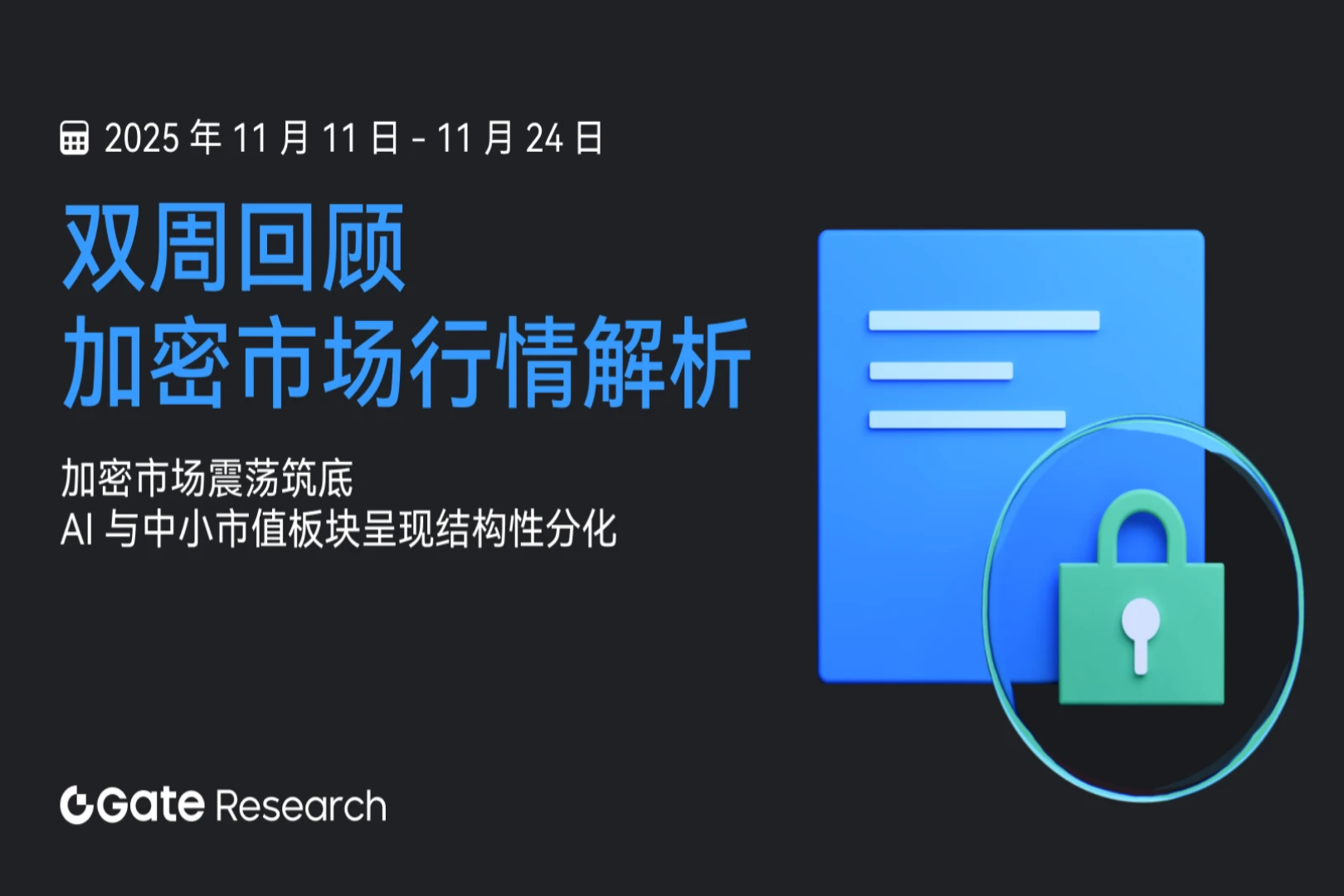"Token Deflation Experiment": Hyperliquid and Pump.fun's Apple-style gamble
- 核心观点:加密项目正效仿苹果大规模回购策略。
- 关键要素:
- Hyperliquid将90%收入回购代币。
- Pump.fun收入100%用于代币回购。
- 苹果累计回购股票超7250亿美元。
- 市场影响:推动代币通缩,提升持有者价值。
- 时效性标注:中期影响
Originally Posted by Prathik Desai
Original translation: Saoirse, Foresight News
Seven years ago, Apple pulled off a financial feat whose impact transcended even its most remarkable product. In April 2017, Apple opened its $5 billion Apple Park campus in Cupertino, California. A year later, in May 2018, the company announced a $100 billion stock buyback program—an amount 20 times the investment in the 360-acre headquarters campus, nicknamed "the spaceship." This sent a core message to the world: Beyond the iPhone, there was another "product" as important as, and perhaps even more important than, the iPhone.
This was the world's largest stock buyback program at the time, and part of a decade-long buyback spree that saw Apple spend over $725 billion on its own stock. Exactly six years later, in May 2024, the iPhone maker broke the record again, announcing a $110 billion buyback program. This move demonstrated Apple's mastery of creating scarcity not only in its hardware but also in its stock.
Today, the cryptocurrency industry is employing a similar strategy, but at a faster pace and on a larger scale.
The industry’s two largest revenue engines — perpetual futures exchange Hyperliquid and meme token issuance platform Pump.fun — are using nearly every cent of their fee income to buy back their own tokens.
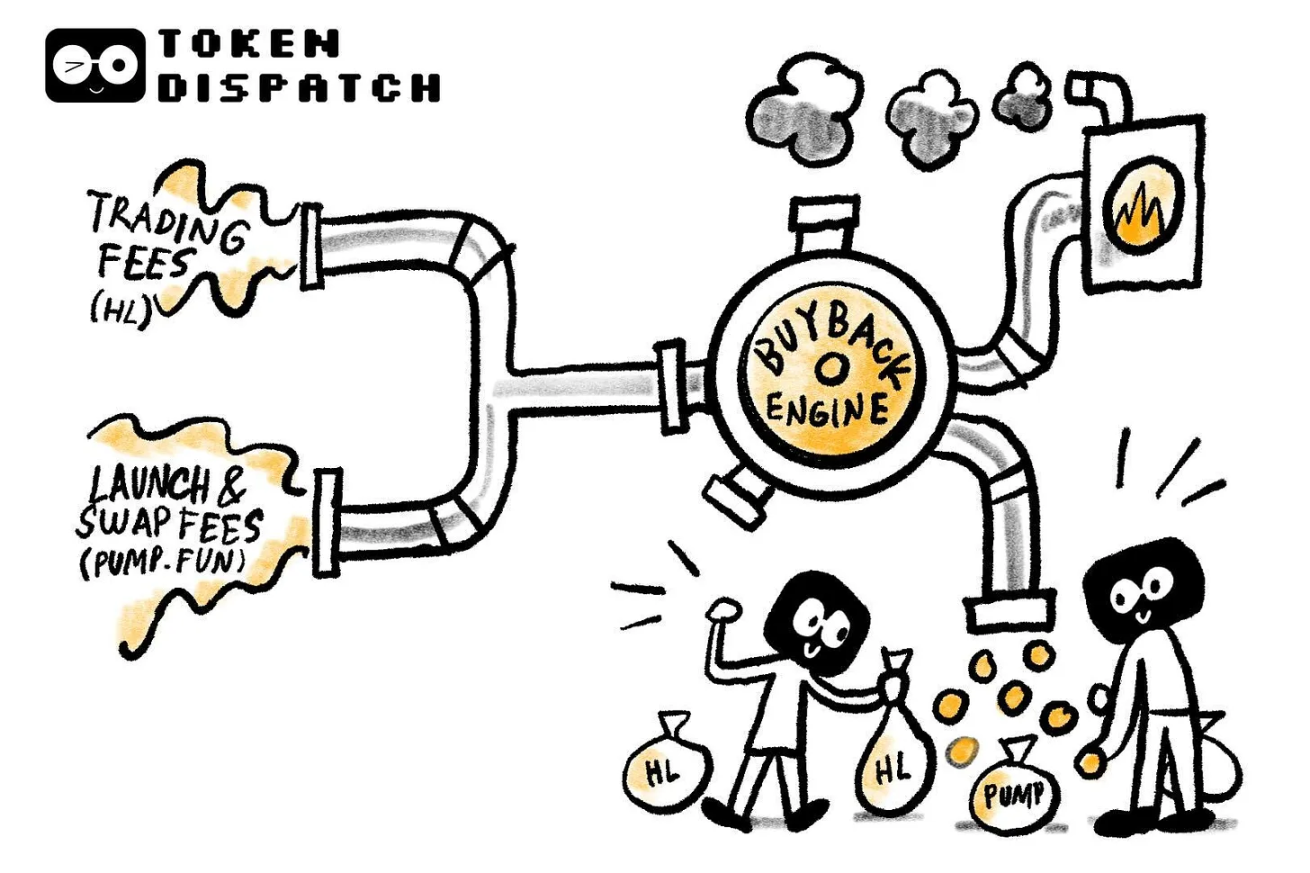
Hyperliquid set a record of $106 million in fee revenue in August 2025, over 90% of which was used to repurchase HYPE tokens on the open market. Meanwhile, Pump.fun's daily revenue briefly surpassed Hyperliquid's—on a single day in September 2025, the platform generated $3.38 million in revenue. Where did all this revenue ultimately go? 100% was used to repurchase PUMP tokens. In fact, this repurchase pattern has been ongoing for over two months.
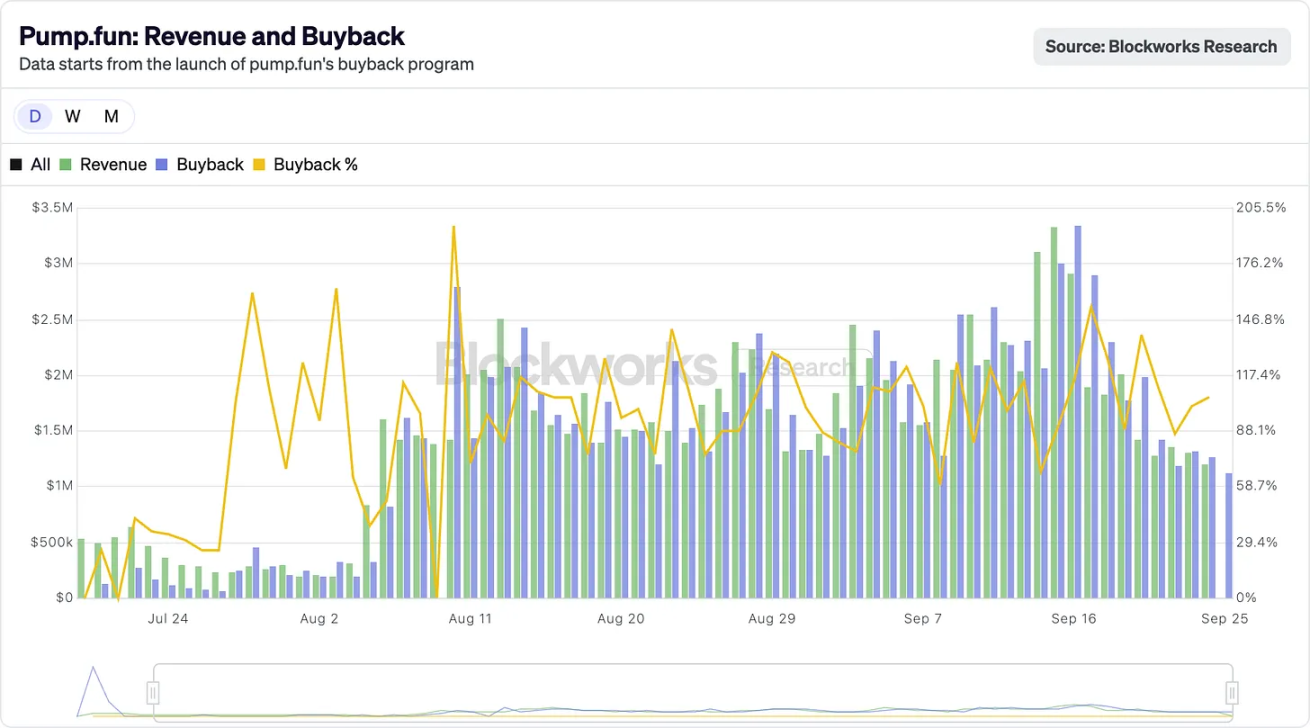
@BlockworksResearch
This operation gradually allows crypto tokens to have the attributes of "shareholder equity agency" - this is rare in the field of cryptocurrency, after all, tokens in this field are often sold to investors at the first opportunity.
The underlying logic is that cryptocurrency projects are attempting to replicate the long-standing success of Wall Street's "Dividend Aristocrats" (e.g., Apple, Procter & Gamble, and Coca-Cola): these companies have invested heavily in shareholder returns through stable cash dividends or stock buybacks . For example, Apple's stock buybacks reached $104 billion in 2024, representing approximately 3%-4% of its market capitalization at the time. Hyperliquid's stock buybacks have achieved a 9% "floating stock offset ratio."
Even by traditional stock market standards, such figures are staggering; in the cryptocurrency world, they are unheard of.
Hyperliquid's positioning is clear: it builds a decentralized perpetual futures exchange that offers the smooth experience of centralized exchanges like Binance, but runs entirely on-chain. The platform supports zero-gas fees, high-leverage trading, and is a Layer 1 platform centered around perpetual contracts. By mid-2025, its monthly trading volume exceeded $400 billion, representing approximately 70% of the DeFi perpetual contract market.
What really makes Hyperliquid stand out is how it uses its funds.
The platform allocates more than 90% of its daily fee income to the "Assistance Fund", and this money will be directly used to purchase HYPE tokens on the open market.
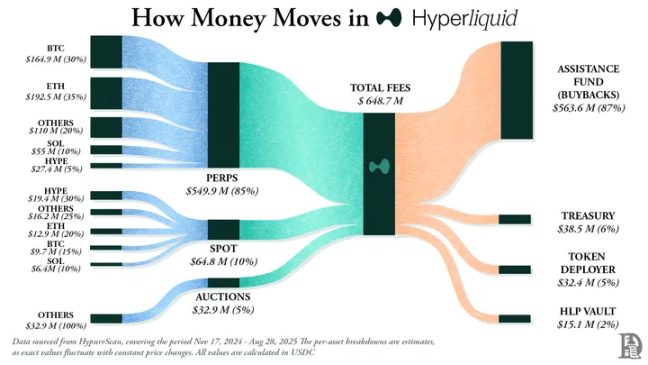
@decentralised.co
As of this writing, the fund holds over 31.61 million HYPE tokens, valued at approximately $1.4 billion — a tenfold increase from 3 million in January 2025.
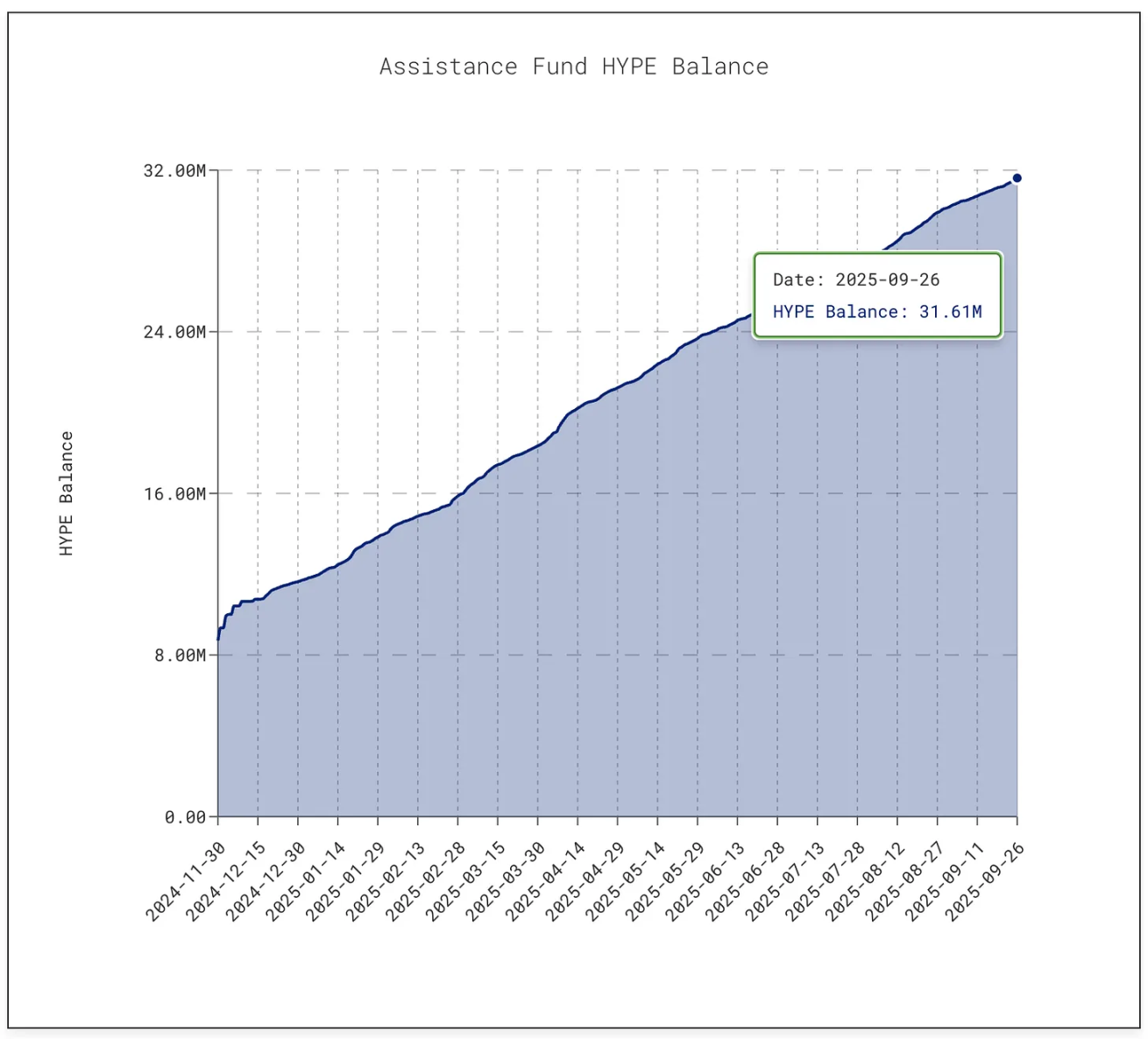
@asxn.xyz
This buyback spree reduced HYPE’s circulating supply by approximately 9%, driving the token’s price to a peak of $60 in mid-September 2025.
At the same time, Pump.fun has reduced the circulating supply of PUMP tokens by approximately 7.5% through repurchases.
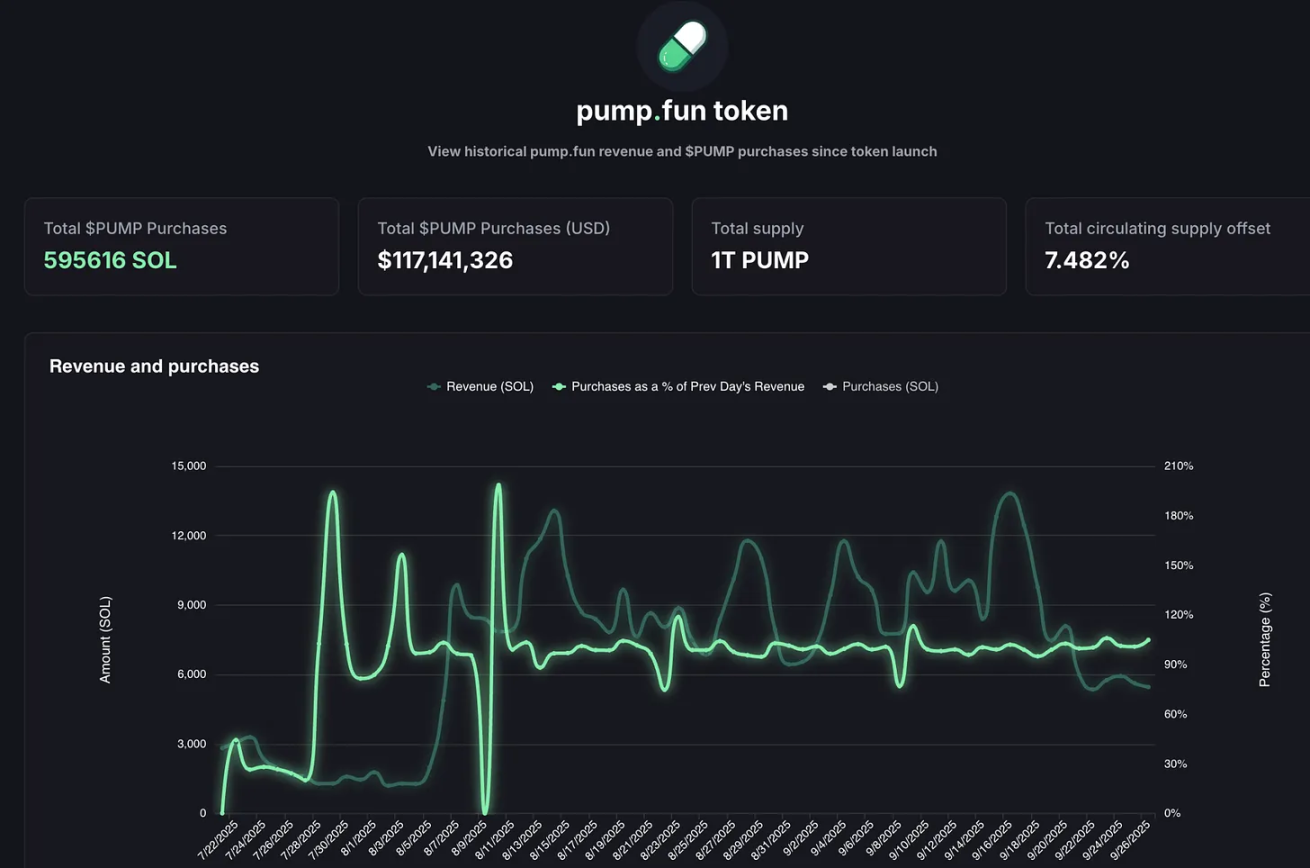
@pump.fun
This platform, with its ultra-low transaction fees, has transformed the "meme coin craze" into a sustainable business model: anyone can issue tokens on the platform, build a "bonding curve," and let the market enthusiasm ferment freely. What began as a "joke tool" has now become a "factory" for speculative assets.
But hidden dangers still exist.
Pump.fun's revenue is highly cyclical, as it's directly tied to the popularity of Memecoin issuance . In July 2025, the platform's revenue plummeted to $17.11 million, its lowest level since April 2024, and its buybacks subsequently decreased. By August, monthly revenue had rebounded to over $41.05 million.
However, sustainability remains an open question . When the "meme season" cools down (as it has in the past and will inevitably do in the future), token buybacks will also decline. More seriously, the platform is facing a $5.5 billion lawsuit, with the plaintiff alleging that its business is "similar to illegal gambling."
The core of Hyperliquid and Pump.fun is their willingness to "give back profits to the community."
In some years, Apple returned nearly 90% of its profits to shareholders through repurchases and dividends, but these decisions were mostly phased "batch announcements"; while Hyperliquid and Pump.fun continue to return almost 100% of their revenue to token holders every day - this model is continuous.
Of course, there are fundamental differences between the two: cash dividends represent "realized income," subject to tax but highly stable; buybacks, on the other hand, are at most a "price support tool"—if revenue declines or token unlocking far outstrips buybacks, the buyback's effectiveness will be lost . Hyperliquid faces an impending "unlock shock," while Pump.fun must contend with the risk of a shift in meme coin popularity. Compared to Johnson & Johnson's 63-year record of consistently increasing dividends or Apple's long-standing, stable buyback strategy, these two crypto platforms' operations are more like a tightrope walk.
But perhaps, this is not easy in the encryption industry.
While the cryptocurrency industry is still in its maturing stage and has yet to establish a stable business model, it has already demonstrated astonishing growth. Buyback strategies possess precisely the elements that are driving this acceleration: flexibility, tax efficiency, and deflationary properties—characteristics that are highly aligned with the speculation-driven crypto market. To date, this strategy has transformed two projects with distinctly different positioning into top-tier revenue generators.
Whether this model can be sustained in the long term remains to be seen. But what is clear is that for the first time, it has allowed crypto tokens to shed the label of "casino chips" and become more like "company stocks that can generate returns for holders" - the speed of which may even put pressure on Apple.
I think there's a deeper lesson here: Apple realized long before the advent of cryptocurrency that it wasn't just selling iPhones; it was selling its own stock. Since 2012, Apple has spent nearly $1 trillion on buybacks (more than the GDP of most countries), and its share count has decreased by over 40%.
Today, Apple's market capitalization remains above $3.8 trillion, in part because it views its stock as a "product that needs to be marketed, polished, and kept scarce." Apple doesn't need to raise capital through additional stock issuance—its balance sheet is flush with cash, so the stock itself becomes the "product" and shareholders become the "customers."
This logic is gradually seeping into the cryptocurrency space.
The success of Hyperliquid and Pump.fun lies in the fact that they did not use the cash generated by their businesses for reinvestment or hoarding, but instead converted it into "purchasing power that drives demand for their own tokens."
This has also changed investors' perception of crypto assets.
While iPhone sales are certainly important, Apple investors know the stock has another driving force: scarcity . Traders are now developing a similar perspective on HYPE and PUMP tokens—they see these assets as backed by a clear promise: every purchase or transaction based on the token has a greater than 95% probability of being converted into a "market buyback and burn."
But Apple's case also reveals another side: the strength of its buybacks always depends on the strength of its underlying cash flow . What happens if revenue declines? When iPhone and MacBook sales slow, Apple's strong balance sheet allows it to fulfill its buyback commitments through debt issuance. Hyperliquid and Pump.fun, on the other hand, have no such cushion —if trading volume declines, their buybacks will also stall. More importantly, Apple can turn to dividends, services, or new products to cope with the crisis, while these crypto protocols currently have no backup plan.
For cryptocurrencies, there is also the risk of "token dilution".
Apple doesn't have to worry about "200 million new shares flowing into the market overnight," but Hyperliquid faces this problem: starting in November 2025, nearly $12 billion worth of HYPE tokens will be unlocked to insiders, far exceeding the daily repurchase volume.
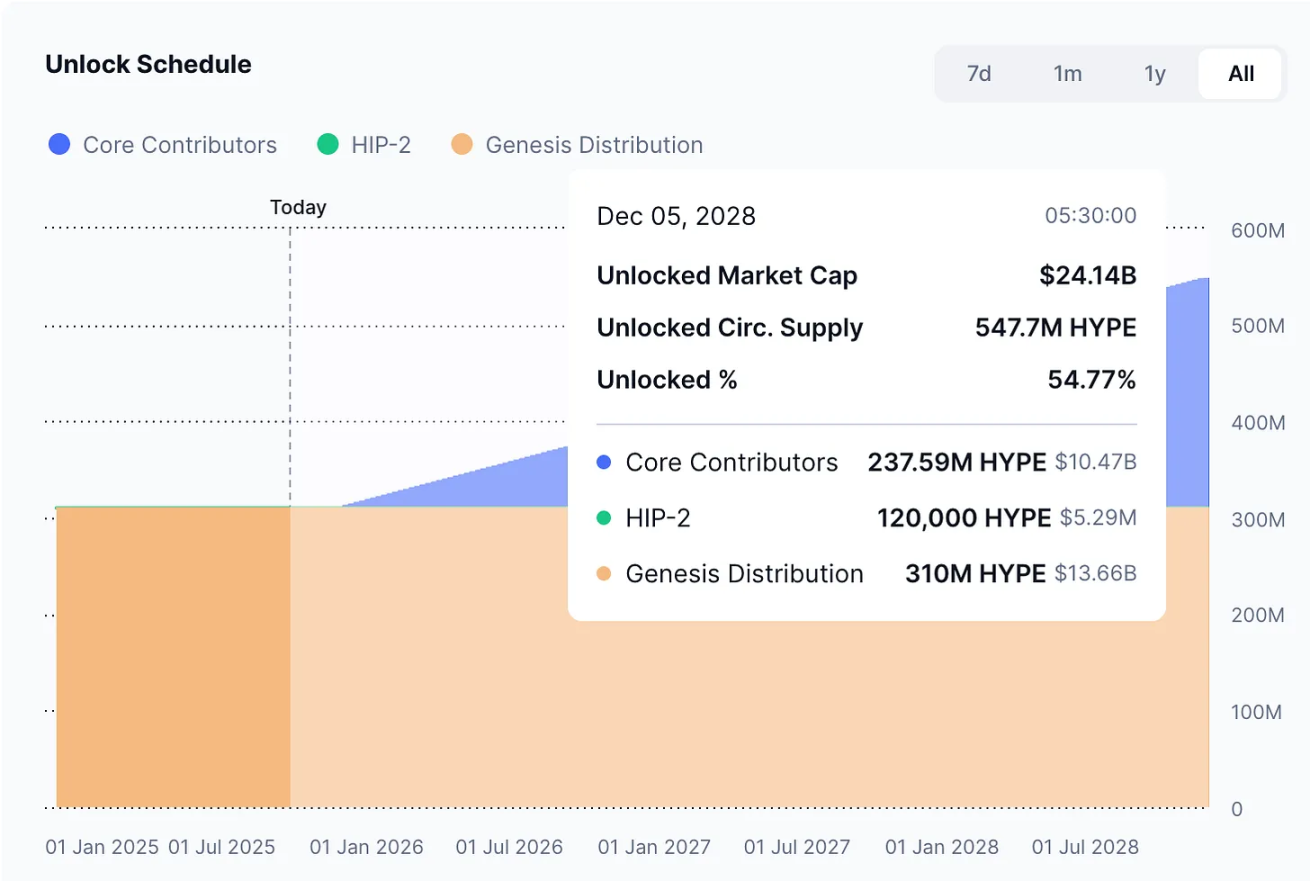
@coinmarketcap
Apple can independently control the circulation of its shares, while crypto protocols are subject to token unlocking schedules that were written down in black and white years ago.
Even so, investors see the value and are eager to participate. Apple's strategy is obvious, especially to those familiar with its decades-long history—it fostered shareholder loyalty by transforming its stock into a "financial product." Now, Hyperliquid and Pump.fun are attempting to replicate this path in crypto, albeit at a faster pace, with greater fanfare and higher risk.


